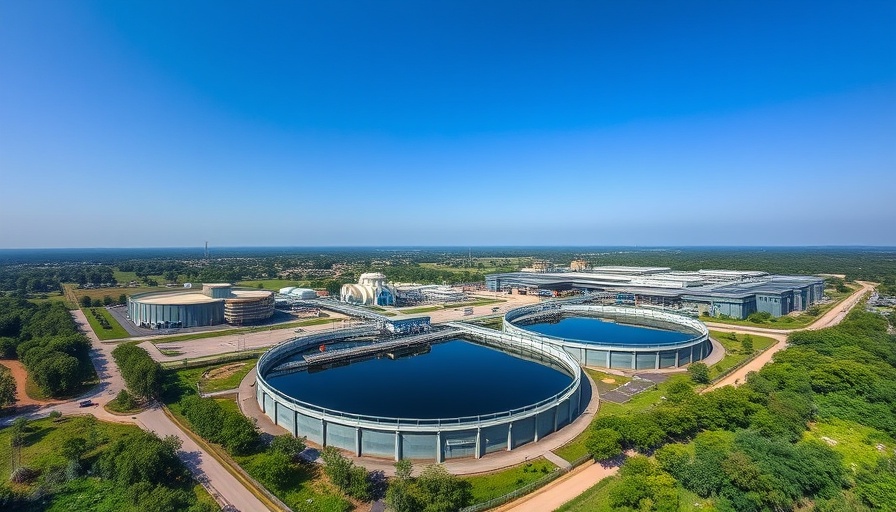
Federal Funding Bolsters Water Infrastructure in Florida and Utah
The U.S. Environmental Protection Agency (EPA) has recently announced its decision to allocate over $257 million in low-cost loans to support critical water infrastructure projects in Florida and Utah. This initiative aims to enhance the reliability of water supply systems and address pressing water quality issues across the states.
Significant Investments in Florida’s Water Future
A substantial portion of the funds, specifically $147 million, will be directed to the Florida Keys Aqueduct Authority. This investment is set to kickstart nine essential infrastructure projects in Miami-Dade and Monroe counties, which are estimated to collectively cost around $300 million. Among these projects, upgrades to a water treatment facility will focus on reducing per- and polyfluoroalkyl substances (PFAS) in drinking water. These upgrades are crucial as they improve the resilience of Florida's water infrastructure against challenges such as saltwater intrusion, a concern heightened by climate change.
Improving Water Access in Northern Utah
In northern Utah, the Weber Basin Water Conservancy District will receive a $110 million WIFIA loan, aimed at the District 4 and 5 Water Blocks project. This project encompasses the expansion of two water treatment plants and the replacement of aging water storage tanks. The total cost of the project is estimated at $224 million, with potential savings of around $19 million thanks to the favorable loan terms provided by WIFIA.
WIFIA's Role in Infrastructure Development
The Water Infrastructure Finance and Innovation Act (WIFIA) program plays a pivotal role in promoting investment in water infrastructure across the country. With a total funding pool of $7.5 billion currently available, WIFIA has disbursed over $21 billion since its inception, allowing municipalities to undertake necessary upgrades and expansions at lower costs than traditional financing options.
Why This Investment Matters
Investments like these are vital as they not only enhance the safety and efficiency of water systems but also ensure that communities are better equipped to handle emergencies, such as natural disasters. By addressing water quality issues and infrastructure challenges now, local authorities can prevent larger crises from occurring in the future.
The Path Forward for Water Infrastructure
As both states embark on these transformative projects, it sets a precedent for how federal support can be leveraged to enhance local infrastructure. As climate challenges loom, the ability of communities to provide safe and reliable drinking water is paramount. The actions taken today will shape the water landscape for generations to come.
 Add Row
Add Row  Add
Add 




Write A Comment